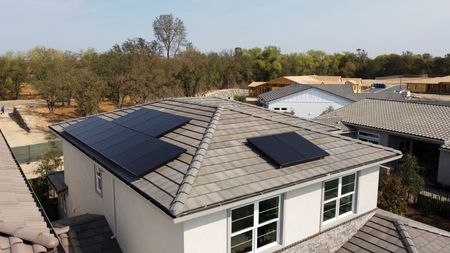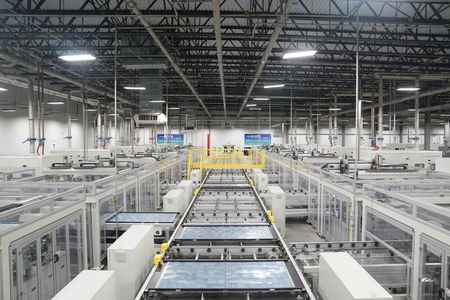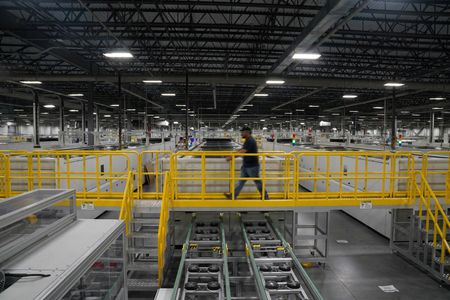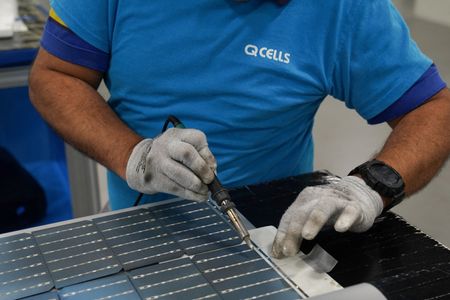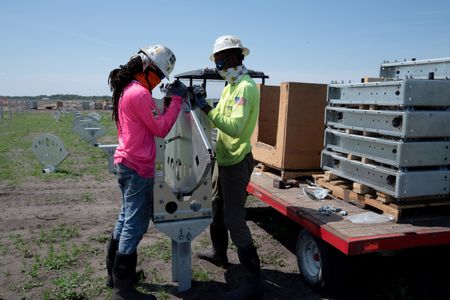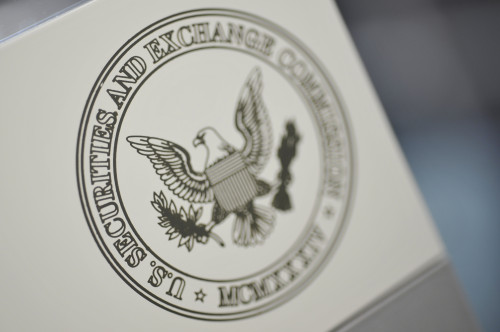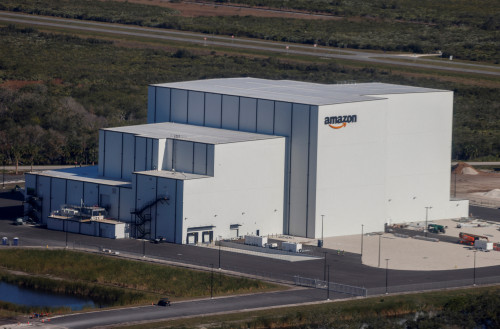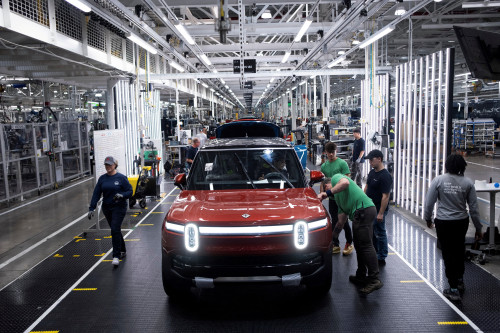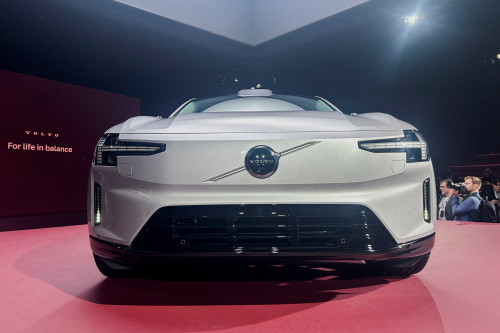By Nichola Groom
(Reuters) – U.S. companies have announced plans to build dozens of solar panel factories across the country since last year when President Joe Biden’s signature climate law unleashed billions of dollars of subsidies, raising hopes a clean energy boom can provide tens of thousands of good paying jobs.
But global solar panel prices have collapsed due to a wave of new Asian production capacity in recent months, leading many in the U.S. solar industry to worry many of these proposed factories may be uneconomical. As many as half may soon be delayed or canceled, a figure not previously reported, according to Reuters interviews with industry analysts, solar companies, and trade groups.
Changing market forces have already derailed solar manufacturing operations in Europe. In recent days, the U.S. race for a clean energy transition has already been hit by huge writedowns and project cancellations the offshore wind industry.
“The more prices decline in the global market, the more difficult it is to build U.S. local manufacturing,” said Edurne Zoco, executive director for clean energy technology at S&P Global Commodity Insights. “If the cost gap between imported modules and locally manufactured modules is too big … many of these announcements might not happen.”
Solar shipments into the U.S. more than doubled through August to $10 billion from about $4 billion a year earlier, according to the U.S. International Trade Commission.
The domestic industry’s souring outlook could hurt Biden’s climate agenda and hinder reelection efforts for a president who has hailed solar project plans as proof his clean energy policies can create millions of good-paying jobs.
U.S. solar manufacturers and trade groups have said they need more government help at the federal and state levels or those jobs may not materialize, and the U.S. will keep relying on panels made with mainly Chinese components. U.S. officials have repeatedly warned that over-reliance on Chinese clean energy technology could pose a security risk similar to Europe’s historical dependence on Russian natural gas.
A White House spokesperson did not respond to questions about recent market challenges facing domestic solar manufacturers, but said Biden’s policies had generated a huge wave of investment and were revitalizing American manufacturing.
Companies have announced over three dozen solar factories since passage of the Inflation Reduction Act in August 2022 that collectively promised to create 17,000 jobs and bring in nearly $10 billion in investment, according to projects tracked by the clean energy business advocacy group E2.
GLOBAL GLUT
Of eight solar company representatives, trade groups and researchers who spoke to Reuters, all eight agreed the market has worsened. Energy research firm Wood Mackenzie shared its new forecast that just 52% of the 112 gigawatts of solar module capacity companies planned will be online by the target date of 2026, a projection it has not previously made public.
Mike Carr, executive director of the Solar Energy Manufacturers for America trade group, said factories could be delayed, extending U.S. dependence on China.
“A misunderstanding of the policy opportunity here could really undermine a signature initiative of this administration, which is to restore manufacturing competitiveness to the United States, and particularly in such a key industry,” Carr said.
Globally, the solar industry has already absorbed a 26% drop in panel prices this year to about 19 cents per watt, according to S&P Global Commodity Insights. U.S. prices have been more resilient, but SEMA and analysts say spot prices are declining for those without long-term contracts.
The increase in solar imports stems partly from a temporary waiver of tariffs on Malaysia, Thailand, Cambodia and Vietnam, which expires in June, 2024. Imports are also up sharply from India, Mexico and other nations unaffected by that move.
The IRA provides a decade of tax incentives worth 30% of a project’s cost. But industry consultant Brian Lynch said that could be outweighed by the glut of cheap panels and worries about rising costs for labor, raw materials and financing.
“It’s almost like Dr. Jekyll and Mr. Hyde. The incentives to site and open up a U.S. factory are phenomenal,” Lynch said. “But if pricing is going to continue to go down, if the continued gamesmanship on the trade is going to continue, they can’ t justify it.”
The U.S. Commerce Department said imported panels and cells remained important to the clean energy transition.
“Commerce is committed to holding foreign producers accountable to playing by the same rules as U.S. producers,” a Commerce spokesperson said.
The IRA also contains a 10% bonus credit for panel manufacturers using American-made components. This perk is critical for domestic panels that may command a 40% price premium to imported alternatives, according to Wood Mackenzie.
But so few components are produced domestically that much of the industry cannot secure that bonus. So far, solar module factory announcements have been more than double those for solar cells, the crucial components that transform sunlight into energy.
The industry needs more government help, including “the right tax and trade policies that build on the IRA and similar state laws that create the space for emerging US solar manufacturers to compete on a global scale,” said Danny O’Brien, president of corporate affairs at Hanwha Qcells, which is making one of the largest investments in the domestic solar supply chain.
Meyer Burger, which plans to build a factory in Colorado, said the government needs to help domestic manufacturers deal with “underpriced products that are coming from Asia”.
The Solar Energy Industries Association (SEIA), a large solar trade group that has long opposed tariffs, is also advocating for more support for manufacturers, warning it does not expect that every proposed factory will be built.
Convalt Energy plans next year to open 2 gigawatts of module capacity in New York and Maine followed by a facility for components in 2025. CEO Hari Achuthan said module production lines are already about four months behind schedule because the company’s financiers are waiting for the Treasury Department to issue crucial rules on how to secure the IRA tax credits.
“Our country has done a phenomenal job seeing through the IRA bill. But now it’s going to come down to the details of the IRA and how we execute it and the support that we need to get from the Commerce Department and anybody else with regard to tariffs on imports,” he said.
(Editing by Richard Valdmanis and David Gregorio)

